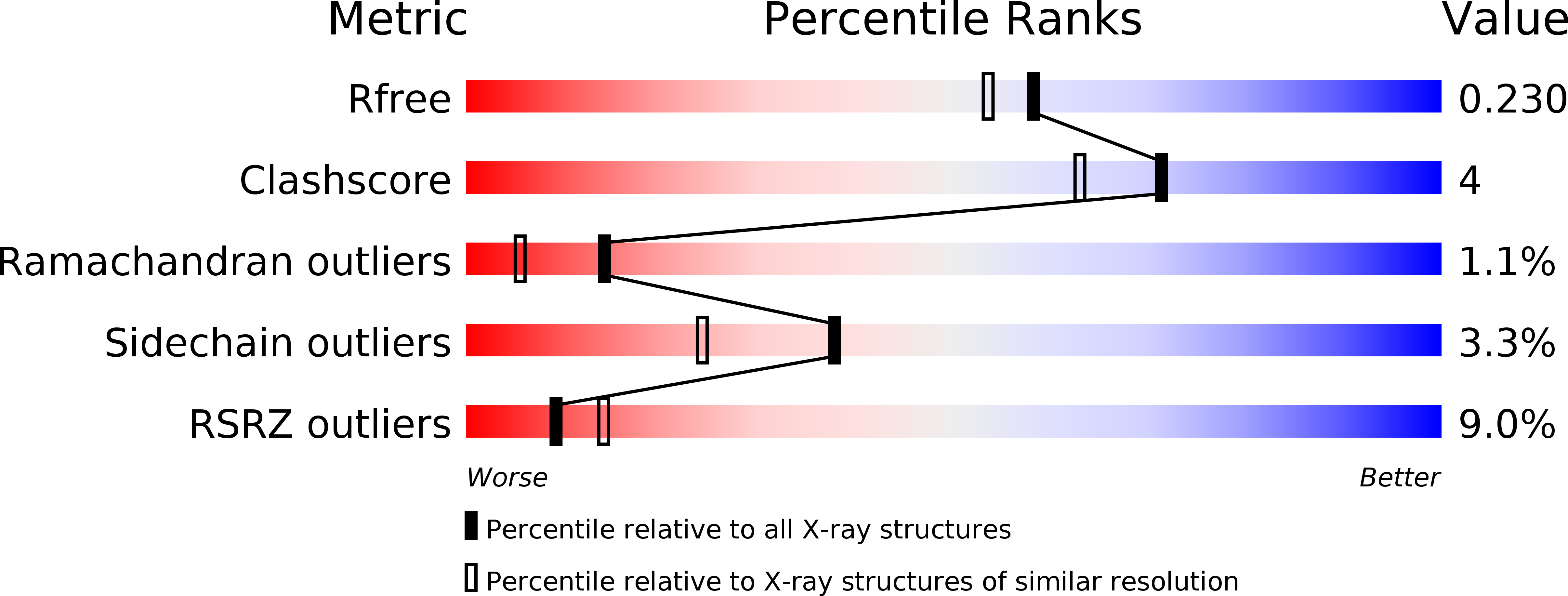
Deposition Date
2014-06-13
Release Date
2014-07-23
Last Version Date
2023-12-20
Entry Detail
PDB ID:
4TR4
Keywords:
Title:
Mouse iodothyronine deiodinase 3 catalytic core, active site mutant SeCys->Cys
Biological Source:
Source Organism:
Mus musculus (Taxon ID: 10090)
Host Organism:
Method Details:
Experimental Method:
Resolution:
1.93 Å
R-Value Free:
0.23
R-Value Work:
0.19
R-Value Observed:
0.19
Space Group:
P 21 21 21


